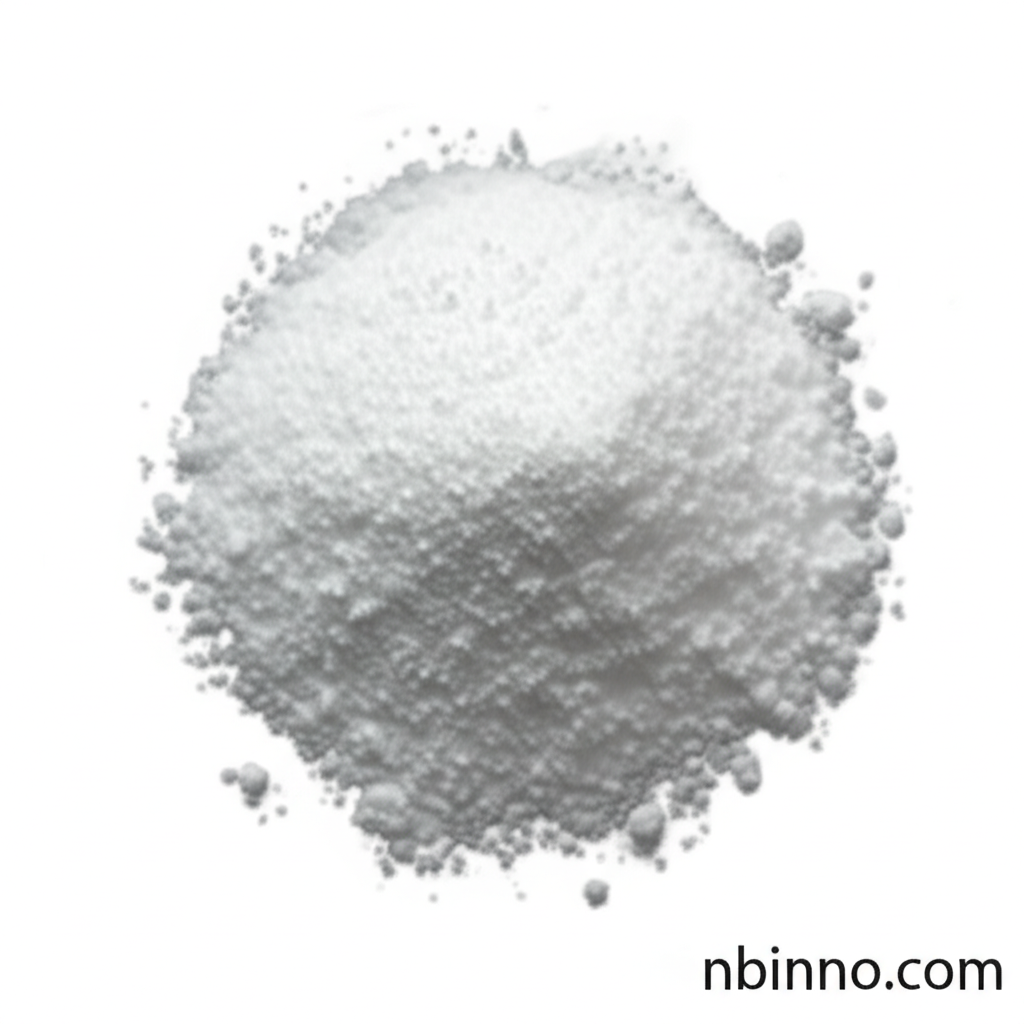Unlocking Peptide Synthesis Efficiency with a Premier Coupling Reagent
Discover the power of advanced coupling reagents in peptide synthesis. Explore how our high-purity solutions, designed for minimal racemization, are driving innovation in pharmaceuticals and biotech. Partner with us for your critical chemical needs.
Get a Quote & SampleProduct Core Value

2-(endo-5-norbornene-2,3-dicarboximido)-1,1,3,3-tetramethyluronium tetrafluoroborate
As a leading supplier in China, we provide high-quality coupling reagents essential for advanced organic synthesis. This compound is specifically recognized for its role in peptide synthesis, offering exceptional efficiency in forming ester and amide bonds. Our commitment to purity ensures minimal racemization, a critical factor for the stereochemical integrity of synthesized peptides, making it a preferred choice for demanding applications in pharmaceutical research and development.
- Facilitate ester and amide bond formation with exceptional efficiency, a key aspect of peptide synthesis.
- Benefit from minimal racemization in peptide synthesis, ensuring the stereochemical integrity of your target molecules.
- Leverage the power of uronium salt coupling agents for reliable and high-yield synthetic outcomes.
- Enhance your research with a versatile reagent used in developing biosensors and for electrochemical detection applications.
Advantages Provided by the Product
Superior Racemization Control
Achieve high stereochemical purity in your peptide synthesis projects, a critical requirement supported by this coupling reagent's low racemization profile.
Broad Applicability
Utilize this versatile compound not only for peptide synthesis but also in innovative applications such as glucose dehydrogenase biosensors and piezoelectric immunoassays.
Enhanced Synthetic Efficiency
Streamline your chemical synthesis processes with a robust coupling agent that guarantees efficient formation of peptide bonds and other critical linkages.
Key Applications
Peptide Synthesis
Crucial for the formation of peptide bonds in both liquid and solid-phase synthesis, ensuring high purity and yield.
Biosensor Development
Applied in the creation of biosensors, such as for glucose dehydrogenase, leveraging its chemical properties for sensitive detection.
Immunoassays
Utilized in piezoelectric immunoassays for detecting substances like cocaine, demonstrating its utility in diagnostic tools.
Self-Assembled Monolayers
Employed in constructing self-assembled monolayers for electrochemical detection of complex molecules, showcasing its role in advanced material science.
